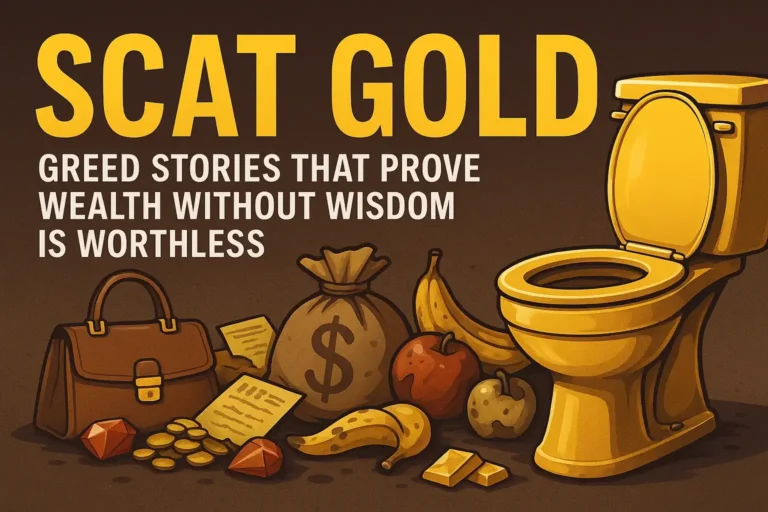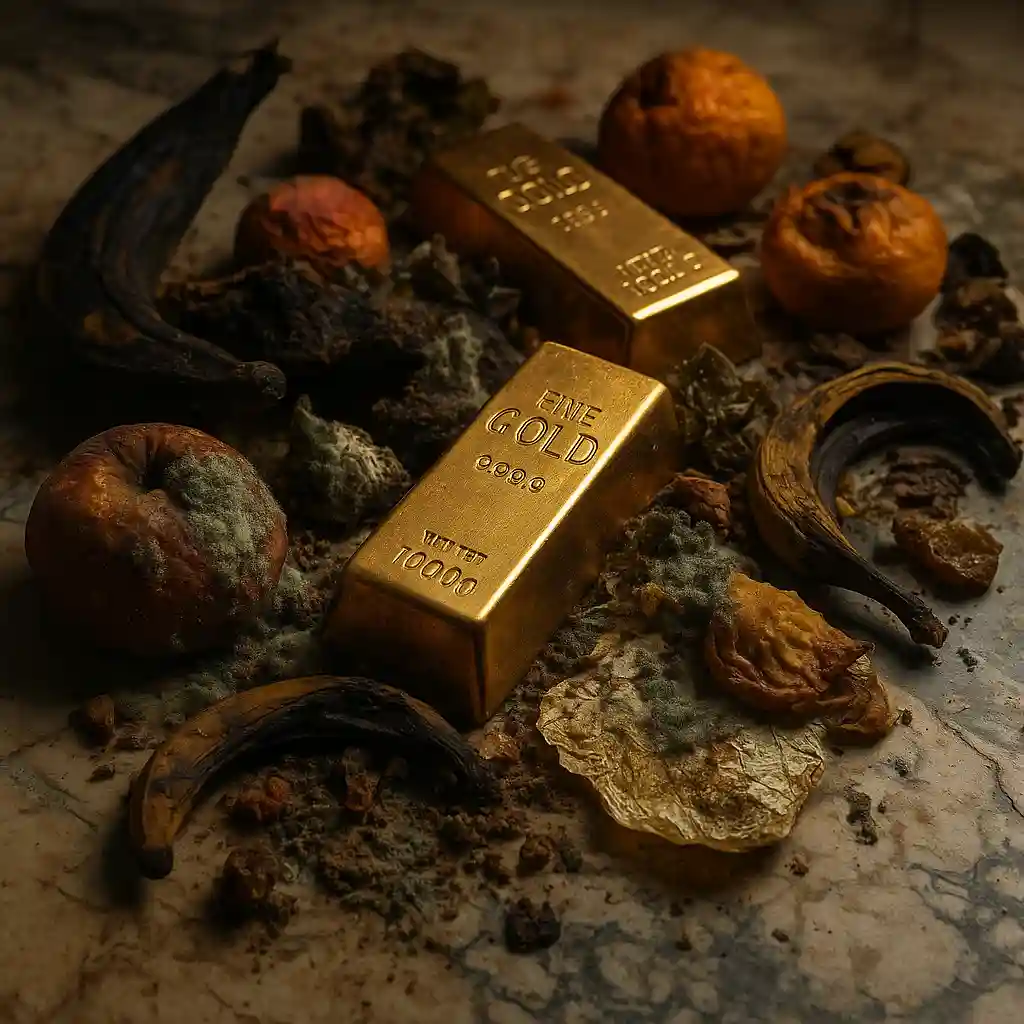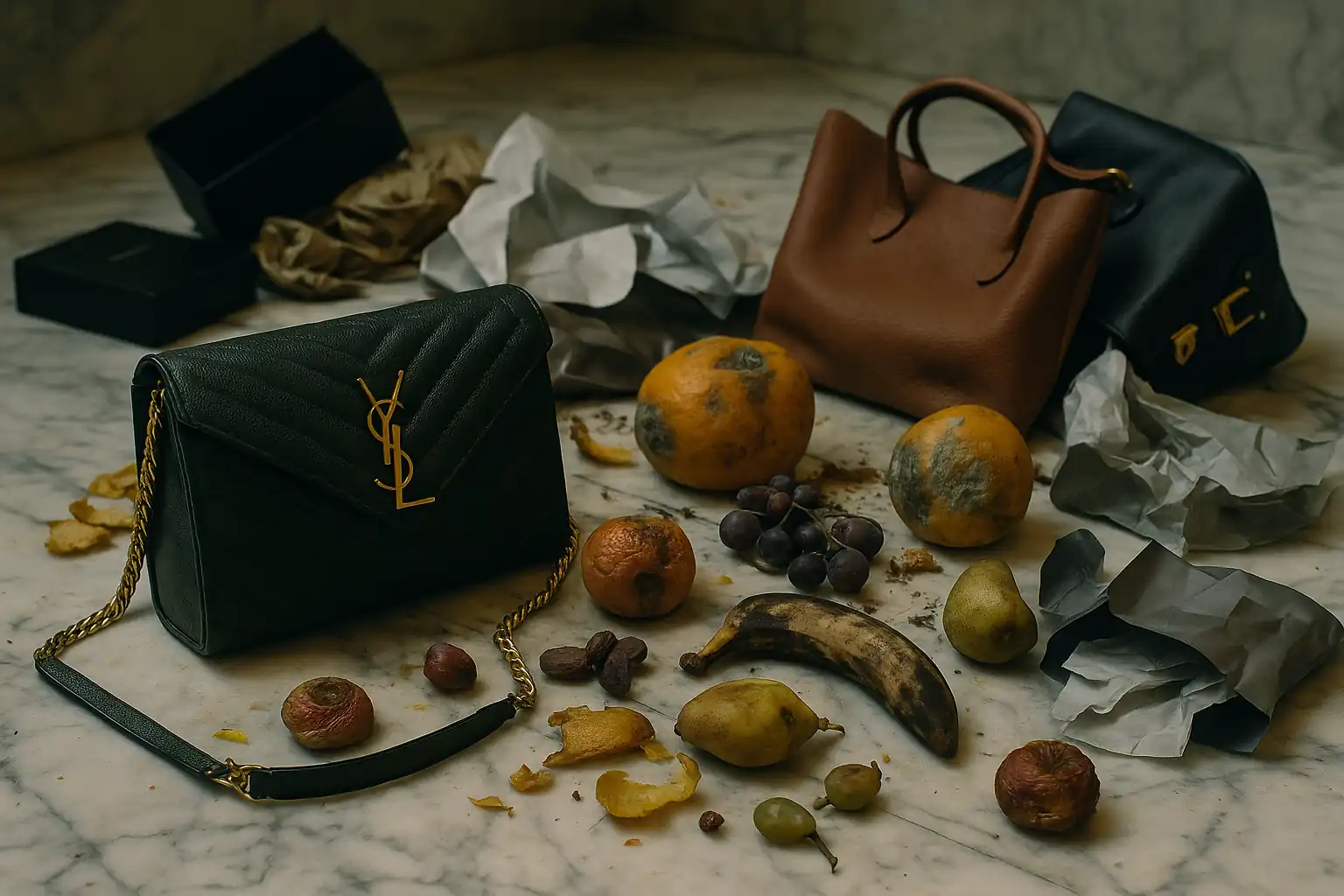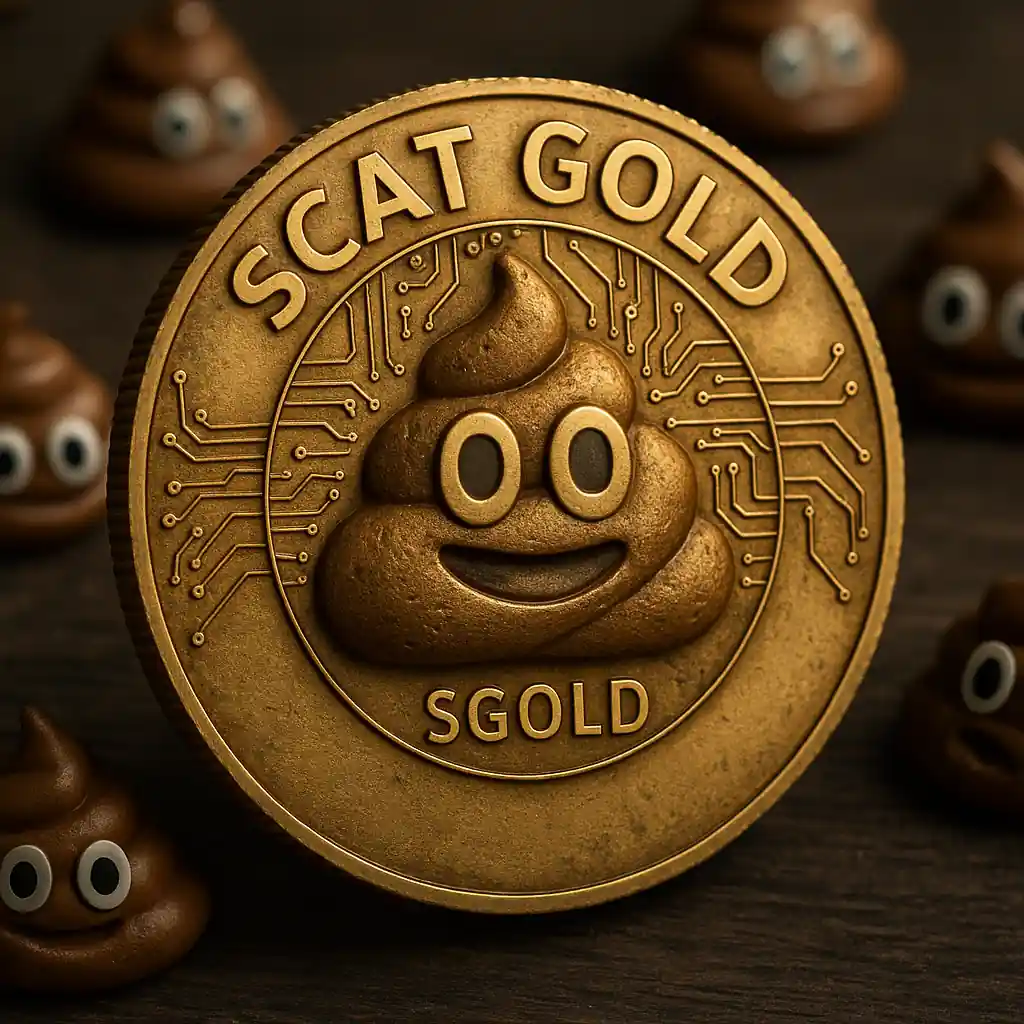
3 Scat Gold Greed Stories That Prove Wealth Without Wisdom Is Worthless
💰 Scat Gold: 3 Sinful Stories of Wealth, Waste & Wake-Up Calls
📚 Table of Contents
🤢 Introduction – When Gold Smells Like Garbage
Scat Gold. It’s not a currency, but a curse. It represents money earned, inherited, or hoarded through greed, ignorance, or delusion — and it always ends the same: with rot. These tales show how unwise wealth doesn’t just destroy portfolios. It decays the soul.
Each story in this blog is fictional in delivery but grounded in undeniable real-world parallels. Whether you’re a day trader, crypto junkie, or dreamer chasing passive income, these metaphors reveal dangerous financial mindsets that echo real disasters.
The phrase “scat gold” is used here to symbolize shiny things that come from filthy origins. From fake gurus to crypto gamblers to lifestyle influencers turned hoarders, we unpack how wealth can become waste — and why the wise walk away.
“Not all that glitters is gold — and not all gold is clean.”
— Inspired by Ecclesiastes 5:10
Before diving into these cautionary tales, remember: money can’t clean a dirty soul. But insight can. Let’s begin.

👑 Tale 1: The Pyramid Prince & the Trash Vault
They called him the Pyramid Prince — a Dubai-based magnate with a million-dollar smile and a fleet of gold-plated Lamborghinis. On social media, he was the embodiment of success: tailored suits, NFT drops “backed by gold,” and flashy launches hosted in rooftop lounges. But behind the filters and filters of champagne was a truth no one wanted to see.
This wasn’t a tech visionary — it was a master illusionist. His so-called “gold-backed” NFTs were propped up not by bullion, but by hype. The vault he claimed housed rare assets was, in reality, a warehouse stacked with expired designer perfumes, unsellable crypto merch, and empty packaging made to look valuable under studio lighting. Spray-painted bricks posed as treasure. He didn’t sell wealth; he sold scat gold — waste disguised as worth.
The scheme was brilliantly engineered. With viral marketing, celebrity shoutouts, and countdown-based NFT launches, he created fear-of-missing-out at scale. Early buyers cashed in, fueling more interest. But like all hollow castles, it eventually collapsed under its own deception. The illusion wore off the moment a documentary crew infiltrated his “vault” and revealed it to be a glitter-filled dumping ground. Moldy startup swag, broken crypto mining rigs, and rotten colognes told a story far from wealth — they told a story of rot.
The fallout was massive. Investors, many of them everyday people who mortgaged homes to “buy in,” were left with worthless tokens and frozen wallets. Regulators swooped in, but the Pyramid Prince had already vanished. His yachts were seized, his accounts frozen, and the only thing left behind was a legacy of digital deceit.
“When wealth is made on illusion, collapse is the only truth.”
— Sofia Lennox, Blockchain Forensics Analyst
For those chasing quick riches, let this serve as a cautionary tale. True wealth is rarely built on smoke and mirrors — it’s built on tangible strategies, discipline, and diversification. Compare this charade to a grounded approach, like building a diversified stock portfolio even with just $1,000. The contrast is stark, but so is the difference in outcomes.
And this isn’t just fiction. In 2022, the crypto firm Frosted Chain pulled a similar stunt — faking warehouse inventories to inflate the perceived value of their assets. Their scam fooled thousands until an investigative report exposed the truth. You can read the full coverage in this BBC exposé on fake digital assets.
💄 Tale 2: Gilt by Association – The Designer of Doom
She wasn’t born into wealth — she designed it into existence. Known only by her brand name Gilt, she rose from anonymity to global acclaim in under a year. Her signature line of metallic-themed handbags, paired with so-called “gold certificates,” captivated the fashion world. Each product drop sold out within hours, and celebrities flaunted them on red carpets as if they were financial assets rather than accessories.
To her millions of followers, Gilt represented aspiration. Her empire was draped in shimmer — but it wasn’t real gold that held it together. Behind the filtered glow and influencer endorsements lay a festering undercurrent: fake certifications, repackaged returns, and glitter-laced lies. Her products were plastic painted with metallic ink, her certificates printed en masse in an outsourced factory overseas, and her limited editions were anything but. Gilt was peddling what could only be described as scat gold — fabricated value wrapped in luxury branding.
And yet, for a time, it worked. Viral TikTok hauls, Instagram reels, and influencer collaborations turned her into a household name. She was celebrated for her aesthetic, her “girlboss” narrative, and her ability to monetize exclusivity. But the illusion began to crumble when a popular creator posted an unboxing that exposed “genuine gold dust” leaking from a handbag. It wasn’t dust — it was cheap glitter glue, flaking off a knockoff core.
What followed was digital implosion. Customers flooded social media with complaints. Investigative threads revealed Gilt’s suppliers were already under scrutiny for counterfeiting. Lawsuits emerged, citing false advertising, product misrepresentation, and consumer fraud. Within weeks, her online storefronts vanished, her endorsements were canceled, and her Beverly Hills mansion was seized by creditors. The empire of Gilt dissolved faster than the ink on her fake certificates.
“Just because it glitters doesn’t mean it’s gold.”
— Chloe Barnett, Fashion Critic at Vogue Business
The story isn’t as fictional as it seems. Real-life scandals have rocked the influencer economy — from fake endorsements to dangerous product recalls. One notable case, as reported by Reuters in 2023, highlighted the growing backlash against influencer marketing gone rogue. Gilt’s downfall mirrors this new wave of mistrust: when the line between branding and deception blurs, collapse becomes inevitable.
Instead of chasing glamor or gimmicks, real investors focus on strategy and substance. That’s why so many successful traders rely on analytics-based tools like the best swing trading indicators to guide their decisions — not hype, but historical signals and tested models.

🚽 Tale 3: The Sewer Coin Scandal — How “Scat Gold” Became the Darkest Crypto Pump
The world of cryptocurrency has always flirted with absurdity — meme coins, parody tokens, and joke whitepapers have been part of the culture since Dogecoin. But none have pushed the boundary like Scat Gold (SGOLD) — a memecoin so ridiculous, it almost seemed brilliant. Launched anonymously by a figure known only as “FlushDaddy,” SGOLD promised “bio-wealth conversion” and featured a whitepaper literally printed on a toilet paper roll, adorned with emojis and parody charts.
At first, it was laughed off. But then it surged. Within 48 hours, SGOLD pumped 800%. Influencers posted fake screenshots of million-dollar profits. YouTubers praised it for “satirizing” crypto culture. On Reddit, #ScatMoon trended with over 40,000 mentions. People weren’t investing because they believed in the coin — they were gambling on virality, hoping to catch the next wave before it flushed.
But behind the momentum was a setup. The dev wallet — secretly controlled by FlushDaddy — began unloading millions in SGOLD while retail investors poured in. In under 72 hours, the liquidity pool was drained. SGOLD collapsed by 97%, Telegram channels went silent, and every project link disappeared. FlushDaddy vanished into the blockchain ether, along with $12 million in wrapped ETH.
“Crypto is like a toilet. Flush the right way and you’re clean. Get greedy, and you’ll swim with your own mess.”
— Valeria Chen, Financial Forensics Analyst
Though this tale borders on parody, it’s rooted in cold reality. The SEC has formally warned influencers against pump-and-dump schemes like SGOLD, citing widespread fraud. In 2023 alone, the crypto market lost billions to rug pulls — scams where developers hype coins and disappear after cashing out.
This brand of scat gold thrives on a toxic mix of greed, gullibility, and hype. The memecoin frenzy of 2021–2024 trained a generation to chase momentum without understanding fundamentals. As seen in the Bitcoin forecast and prediction coverage, even reputable assets become risky when speculation overrides substance.

📌 These Stories Are Fictional — But the Collapse Is Real
While the tales above are dramatized for storytelling impact, each draws directly from disturbing real-world parallels. The yachts, the influencers, and the crypto pumps may wear fictional names, but their outcomes mirror the downfall of real people who chased wealth without wisdom.
Consider the luxury yacht tale in Tale 1. This was inspired by actual abandoned superyachts documented by Bloomberg, where wealthy elites walked away from floating palaces due to maintenance costs, legal issues, or shady offshore dealings.
Tale 2, though dramatized, reflects the toxic fame-finance loop many content creators face. Studies have shown that parasocial burnout and fan exploitation can lead to severe personal and legal breakdowns — especially among adult-content influencers. Real cases such as influencer-driven fraud and mismanaged wealth highlight the dark side of unregulated fame.
And Tale 3‘s crypto meltdown? It’s not far off from real scams. The “Squid Game Coin” rug pull in 2021 made international headlines when developers ran off with $3.3 million. The crypto world remains rife with untraceable fraud, as tracked by Chainalysis’ scam reports.
These stories may use metaphors like “scat gold” or “dirty ships,” but the moral remains factual: unchecked greed, influencer manipulation, and high-risk speculation almost always end in collapse.
For better decision-making, compare this with the best day trading books — resources grounded in risk management, not fantasy.
These fictionalized vignettes serve as satire, yes — but they offer readers something more: an honest look into the greed-infested side of modern finance.
🧭 Final Reflections — Don’t Mistake “Scat Gold” for Real Wealth
When wealth appears fast, flashy, or frictionless — that’s when you should pause and reflect. Whether it’s a luxury yacht funded by crypto gains, influencer fame turned income stream, or a too-good-to-be-true investment — these are often modern-day “scat gold” traps.
The phrase scat gold isn’t just fictional satire. It symbolizes what happens when greed outweighs value. It’s when something looks shiny on the surface but is backed by lies, speculation, and ego.
- Beware of hype-driven investments. If it looks like easy money, it’s usually a trap.
- Fame without financial literacy leads to ruin.
- Always question the source of your wealth — and its long-term sustainability.
- Use reliable, proven strategies: Read, research, and follow expert-curated platforms.
Not sure where to begin investing wisely? Explore bull and bear spreads for options — a controlled way to learn how pros manage risk in volatile markets.
For broader investing confidence, check out how to build a diversified stock portfolio with just $1,000.
“Not all that glitters is gold. Sometimes it’s just well-polished greed.”
— Anonymous Financial Analyst, Wall Street
Thank you for exploring this cautionary voyage into the world of scat gold. Use this knowledge as armor in the real world — where fortunes can either be forged by wisdom or lost to illusion.
Stay smart. Stay grounded. And always ask: Is it gold… or just glittering scat?